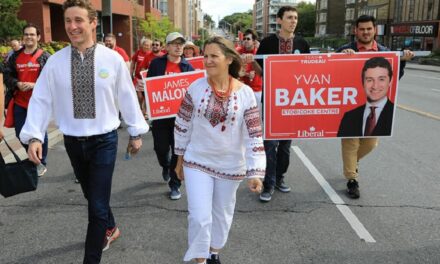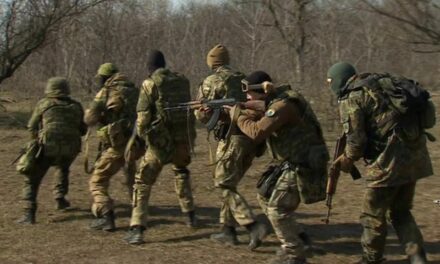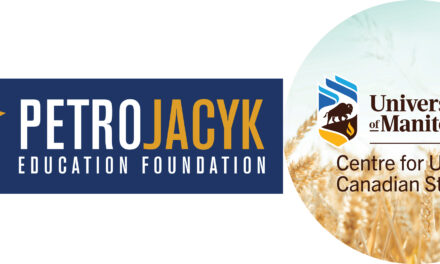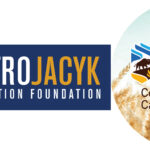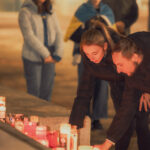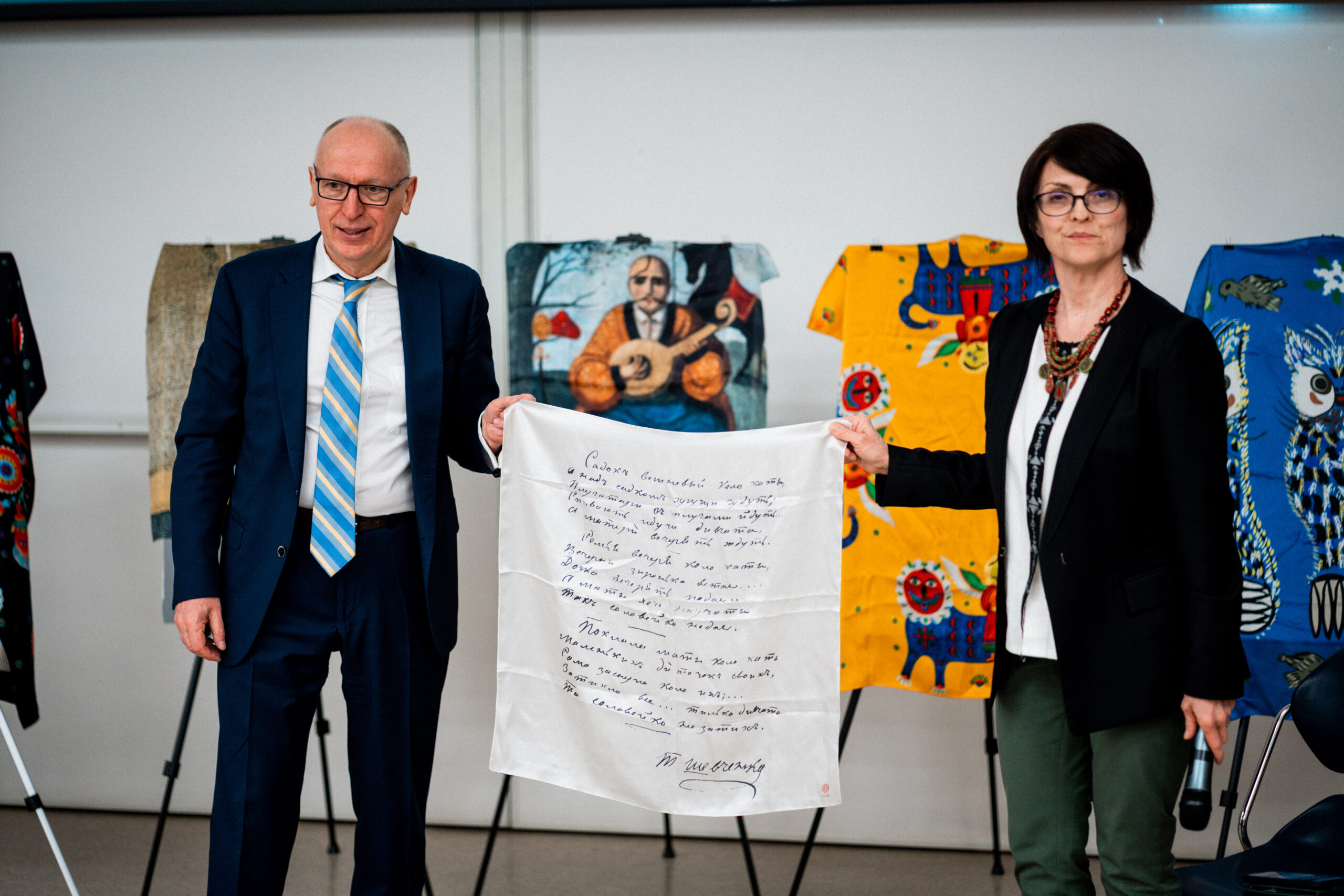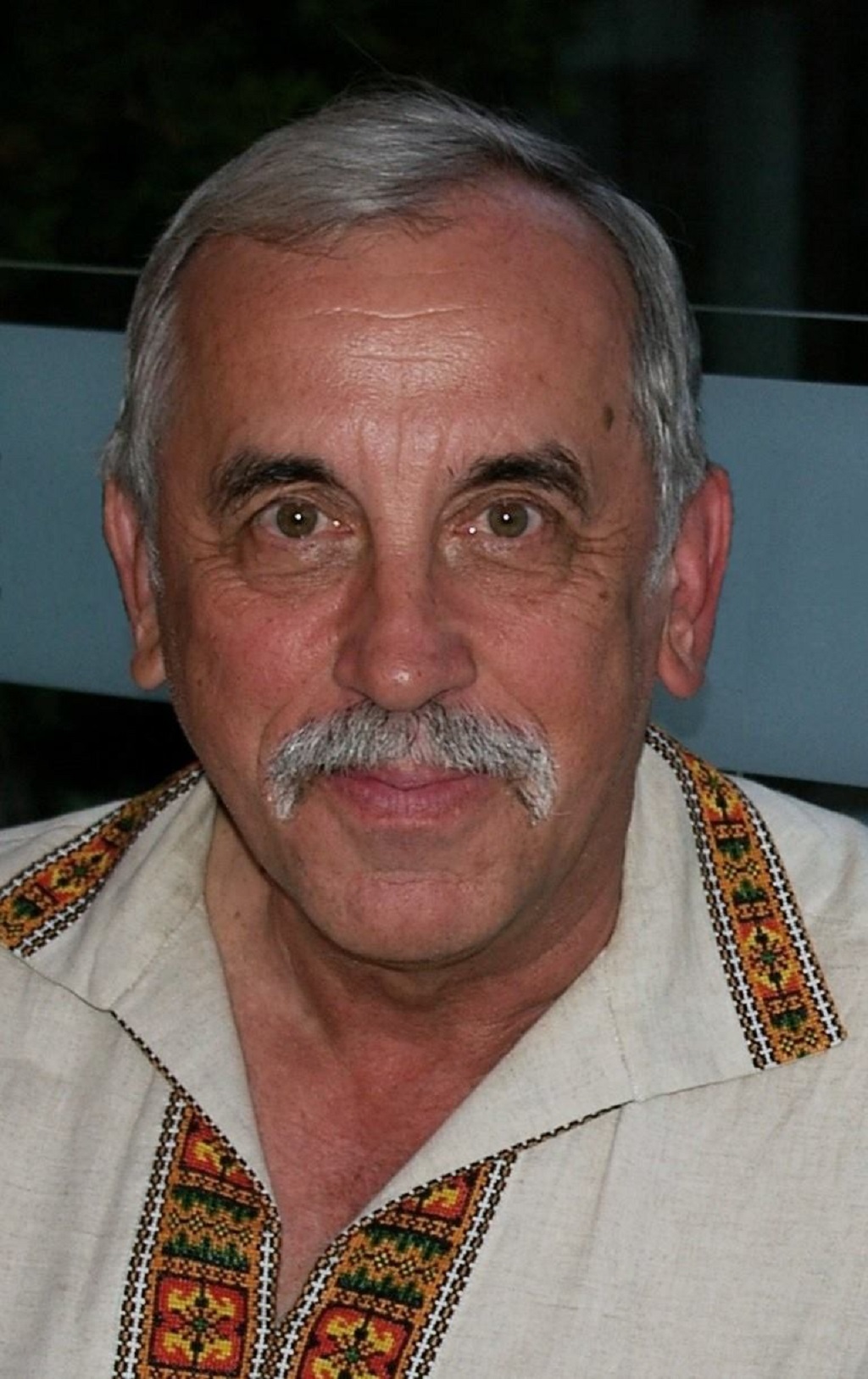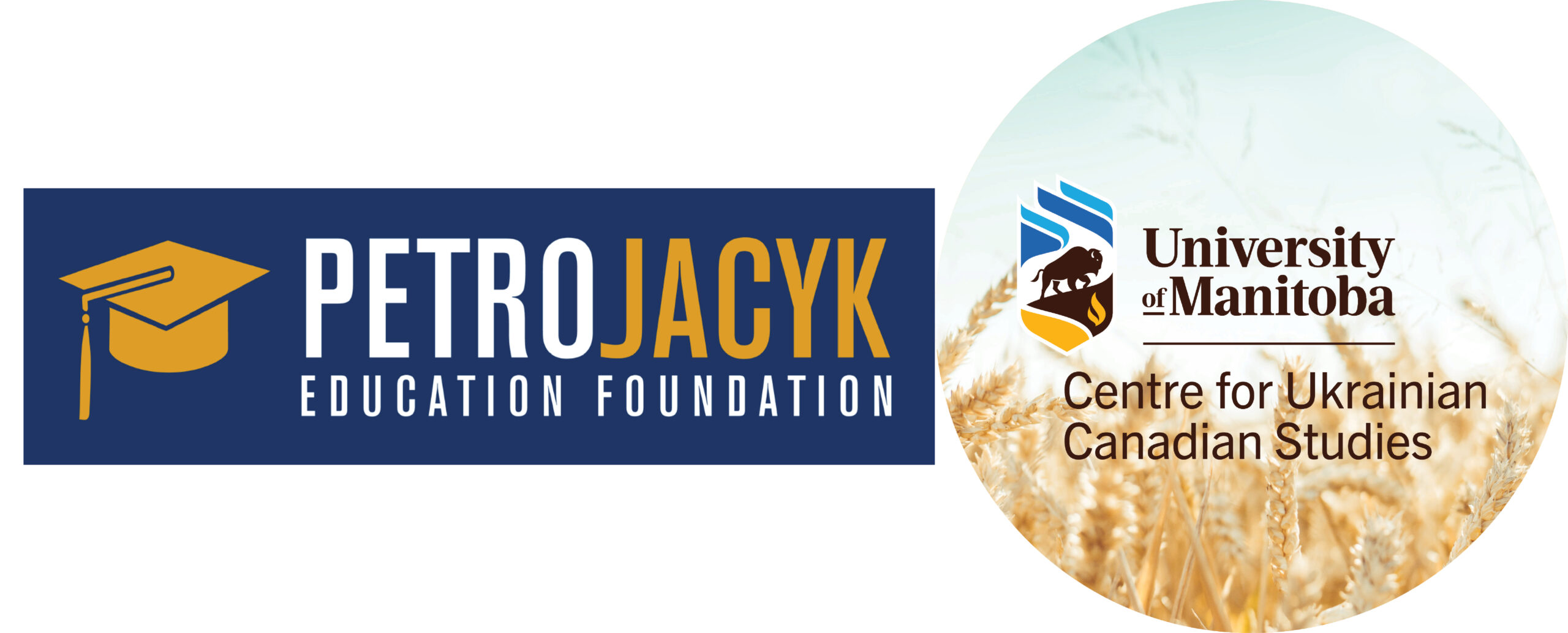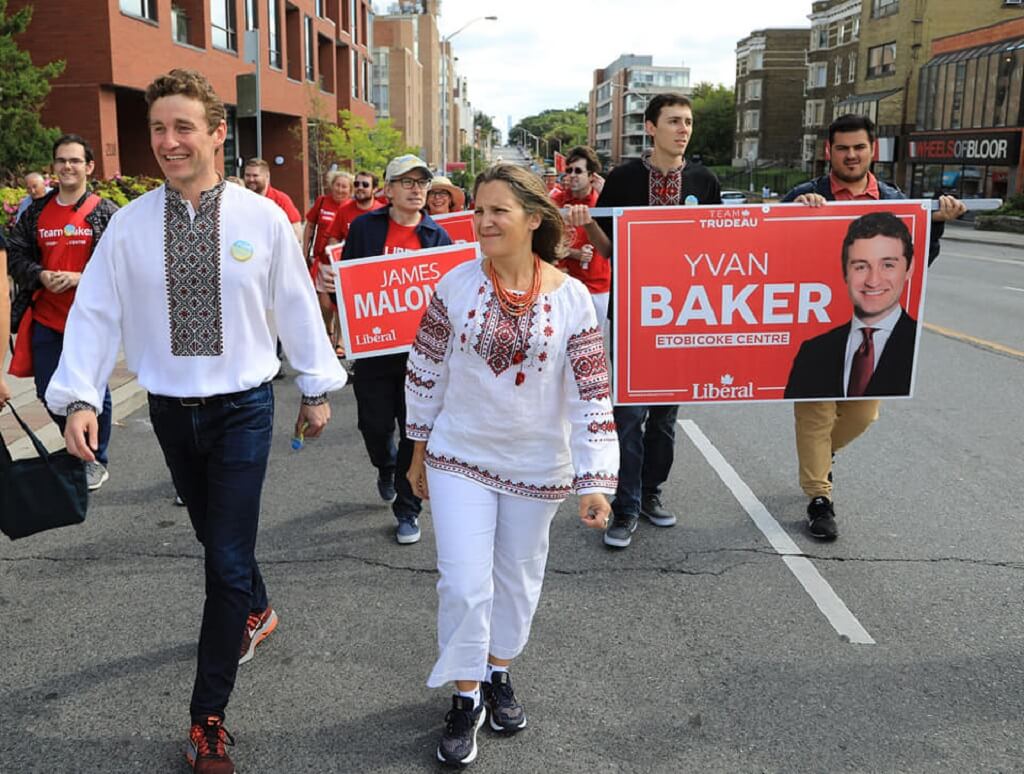Marco Levytsky, Western Bureau Chief.
Russia is targeting Ukrainian cultural institutions and plundering its historical treasures in order to destroy Ukrainian identity altogether, says the guest speaker at this year’s Shevchenko Lecture held at the University of Alberta, March 8.
“Putin’s Russia is waging a genocidal war against Ukraine, denying the existence of Ukraine’s own history and culture. The enemy seeks to destroy everything associated with Ukrainian identity, history, culture, and language, attempting to deny the fact of our statehood, the continuity between Kyivan Rus and modern Ukraine,” said Ihor Ostash, Ukraine’s Ambassador to Canada from 2006 to 2011 and currently working as an Ambassador at Large for the Ministry of Foreign Affairs of Ukraine, whose mission is to return stolen cultural treasures to Ukraine as well as Ambassador Extraordinary and Plenipotentiary of Ukraine in the Lebanese Republic.
“Therefore, the enemy directs its missile attacks and artillery shelling towards our cultural heritage, attempting to obliterate our museums, architectural monuments, theatres, monuments, libraries, and so forth,” he added at the annual event which was co-sponsored by the Canadian Institute of Ukrainian Studies, the Ukrainian Canadian Professional and Business Association of Edmonton, and the Alberta Foundation for Ukrainian Studies.
According to the Ukrainian Ministry of Culture and Information Policy, since the onset of the full-scale invasion, the number of damaged/destroyed cultural heritage sites amounts to 872 objects (excluding objects of cultural infrastructure). The number of damaged sites of national significance is 120, and of local significance is 687.
Among them, architectural monuments comprise 279 objects, architecture and urban planning – 255, history – 203, monumental art – 19.
According to the regional state administrations (RSA), since the beginning of the full-scale invasion, 23 sites have been completely destroyed, 672 sites have been partially damaged, and the degree of damage to 177 objects remains unknown.
The distribution of damaged/destroyed cultural heritage sites by regions is as follows. The most affected regions are Kharkiv, Donetsk, Kherson, Odesa, Chernihiv, and Kyiv.
Ostash focused on two museums which were completely destroyed by missile attacks — the historical and local lore museum in Ivankiv, Kyiv region, and the literary and memorial museum of Hryhoriy Skovoroda in Skovorodynivka, Kharkiv region.
“The first museum was closely associated with the work of the world-renowned folk artist Maria Pryimachenko, whose works were awarded a gold medal at the 1937 World Exhibition in Paris.
“The destroyed museum of Hryhoriy Skovoroda in Kharkiv region partially destroyed the legacy of the most prominent Ukrainian philosopher, often referred to as the Ukrainian Socrates or Aesop. However, after the fatal impact of a Russian missile and subsequent fire, it was discovered that the statue of Hryhoriy Skovoroda carved in stone survived, albeit with burns and scratches.
“Research on many destroyed cultural objects indicates that the enemy systematically and deliberately targets our cultural heritage, fulfilling one of the objectives of the large-scale invasion – to destroy our identity,” he said.
Ostash went into considerable detail in explaining the mechanism of enhanced protection, a tool established by the Second Protocol of 1999 to the Hague Convention for the Protection of Cultural Property in the Event of Armed Conflict of 1954. Its main purpose is to ensure the full and effective protection of cultural property during international or non-international armed conflicts.
Under the most recent classifications 25 cultural heritage sites of Ukraine enjoy the highest level of international protection from military attacks and threats. According to Article 12 of the Second Protocol of 1999, objects included in the UNESCO List under enhanced protection receive international immunity from being turned into objects of attack, significantly enhancing international criminal responsibility for such crimes.
“It is particularly noteworthy that granting enhanced protection to cultural heritage sites in Ukraine set a precedent in the application of the Second Protocol as a procedure that was first applied not in peacetime but during wartime,” explained Ostash.
According to the latest UNESCO report on damaged monuments after nearly two full years of full-scale war the damage Russia caused to Ukrainian culture amounting to a total of US$3.5 billion. The damage inflicted by Russia in 2023 increased by 40% compared to the previous year, with 341 cultural objects affected compared to 248 objects in 2022, according to UNESCO estimates. Over the two years of war, the cultural and tourism sectors have lost approximately $19.5 billion. Of this amount, $10 billion is attributed to the capital of Ukraine alone. Rebuilding all cultural and historical sites in Ukraine after the full-scale invasion will require approximately 10 years and $9 billion.
In addition, Ukraine also seeks the return of stolen cultural valuables. This process takes place in close cooperation between the Ministry of Culture and Information Policy, the Ministry of Foreign Affairs, and Ukrainian diplomatic missions abroad, as well as the Ministry of Justice, the Foreign Intelligence Service of Ukraine, law enforcement agencies, diplomatic missions of foreign states in Ukraine, cultural institutions, and the expert community.
“I believe that after our victory, we will also raise the issue of returning all Ukrainian relics to the Motherland, which we are currently documenting. Not only those stolen in the last ten years but starting with our ancient historical relics, which are now in Russia. One such example is the Vyshhorod Icon of the Mother of God, one of the oldest icons described in chronicles, which was stolen by Prince Andrei Bogolyubsky of Vladimir-Suzdal.
After destroying Vyshhorod and Kyiv, he took the icon to Vladimir on the Klyazma River. In Russia, it is called the Vladimir Icon. It is currently kept in the museum-church of the Tretyakov Gallery,” said Ostash.
At the conclusion of his address Ostash thanked Canada “for its strong support of Ukraine in countering the Russian aggressor” and drew attention to the the elegant silk addition to my lecture, which contained images of various plundered item,. “All these silk artworks are created to sound the alarm, reminding the world of the crimes of Russian aggressors,” he said.
Share on Social Media






